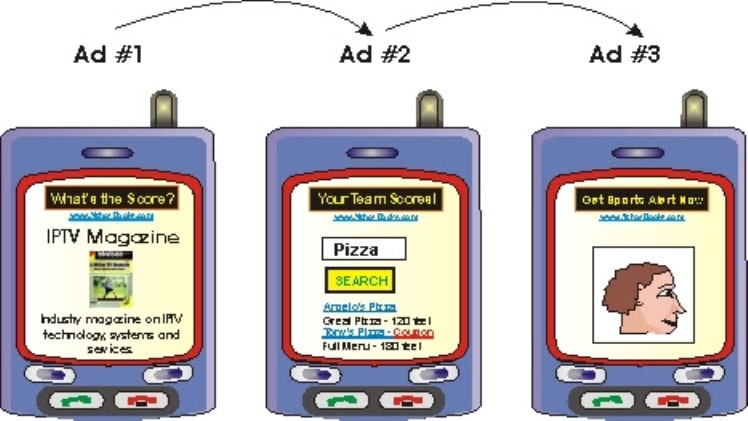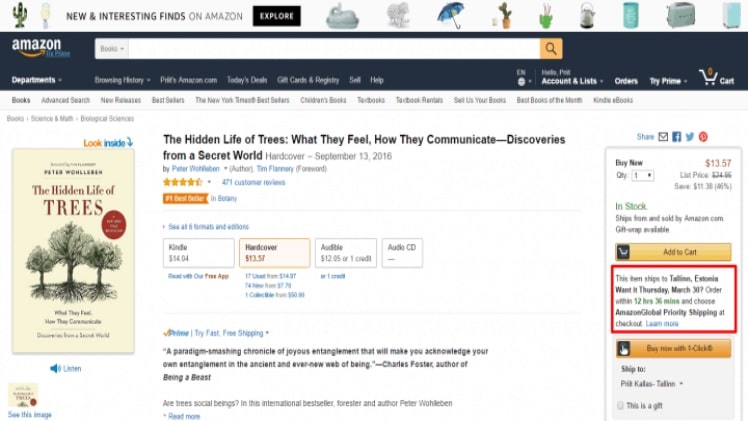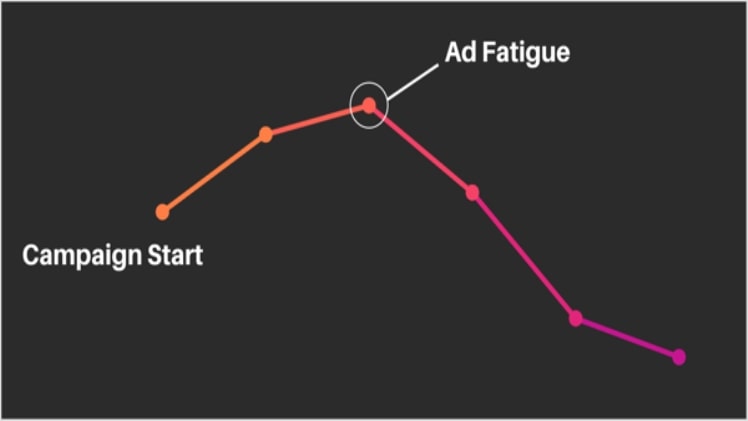Amazon ad fatigue is a common problem facing digital marketers. But what does it actually mean, and how can you deal with this incident? Keep reading to find out!
When it comes to Amazon selling, relying on organic traffic and sales will not suffice. To expand the customer base and earn a substantial amount of income, most retailers have to turn to ad services. While Amazon ads might be useful in the first place, there will come a point when you start noticing a decrease in their efficiency. This is known as ad fatigue.
So, what is Amazon ad fatigue? What are its symptoms, and what can you do to prevent it from happening? Let’s have a look at the article below to find out the answers!
What Is Amazon Ad Fatigue?
Ad fatigue happens when the same piece of sponsored content is exposed to the same target audience repeatedly. When the receiving end has to see an ad too many times, they soon get bored and do not feel compelled to engage with it.
As a result, while the impressions are high, your campaign’s clickthrough rate will drop significantly, leading to fewer conversions and a higher ACoS.
Most Amazon sellers have to go through a phase of ad fatigue at least once while running a PPC campaign. Since this is a highly common phenomenon, many have put forward the two most noticeable traits associated with ad fatigue.
If you spot the following happens to your ads, chances are you have to reconsider your Amazon PPC strategy.
- Low clickthrough rate: Clickthrough rate refers to the percentage of people clicking on your ad and getting directed to the landing page. The average clickthrough rate on Amazon ranges from 0.41% – 0.5%. If yours is gradually below this benchmark, chances are it is affected by ad fatigue.
- Less engagement: Engagement with Amazon ads vary from clicking to reading more or filling in leads. If your ads manage to acquire lots of engagement when first aired, but the numbers slow down over time, then ad fatigue is to be blamed.
How To Avoid Ad Fatigue
1. Keep track of how your campaign pans out
Many Amazon sellers believe their job is done once the ads are featured. But it cannot be further from the truth. Even after your ads start being shown to customers, you still have to follow them closely and see how the performance is.
Monitoring your ads gives you a timely update should anything go wrong, which means you will be able to detect ad fatigue much quicker. Being informed allows digital marketers to make necessary adjustments and restore the campaign’s effectiveness.
If you have no idea which metrics to focus on, here are a few suggestions.
- Frequency: Ideally, a customer only needs to see an ad up to three times. If you let customers scroll through an identical ad over and over again, they are less likely to be impressed.
- Clickthrough rate: As explained above, the clickthrough rate is the best way for you to sense if ad fatigue is bound to happen. That being said, remember to tell the difference between low-performance ads and formerly effective ads.
2. Create multiple versions of the same ad

No one should enter a PPC campaign using one single piece of sponsored content. You should always create a set of three to five pieces of ads, each having a few changes compared to the others. Then, upload all of the ads to the Amazon ad tool and let it rotate them.
This way, even when the core message remains the same, your target audience will still find your post interesting and refreshing.
You can even incorporate A/B testing into ad rotation. If a particular ad appears to underperform, you can always pull it out and replace it with another. But try to be patient and wait at least a week before deciding to do so since ads do not show reliable results until 5 to 7 days.
3. Switch the key visual
If preparing multiple ads is beyond your reach, there is always an easy option to consider, which is to change to colors. Everything from the background shade to the tones of texts and objects is subject to alteration.
You will be surprised at how effective ads can be when they are given a new look. However small it is, the target customers would definitely appreciate the gesture and are more inclined to give your ads another click.
4. Experiment with all ad formats
An Amazon ad can be in the form of an image, video, post, or carousel. Depending on which platform you decide to feature your sponsored content, choosing a brand new format may increase the clickthrough rate and appeal to a larger section of shoppers.
You should also pay attention to the behaviors and characteristics of your target audience to settle down on the types of ads that they find compelling. For example, if you want to capture the attention of young buyers, a short, entertaining clip tends to be more useful than a mere text.
5. Modify the call to action

Too often, an Amazon ad ends with a “Click for more” or “Click here” call to action, which is commonplace, plain, and boring. If you want to stand out and entice customers to take action, you need to use a more powerful, creative call to action.
Incorporate rhetorical questions such as “Are you curious?” or building urgency like “Tap here before it is too late” can turn the table for your ads.
Conclusion
Experiencing ad fatigue is not pleasant for Amazon sellers, especially when you are in desperate need of a conversion boost.
Should you find yourself struggling to overcome this issue, why not reach out to Olifant Digital? Our team of professionals is more than willing to offer a helping hand and assist you with PPC optimization, thus maximizing the success of your campaign.

